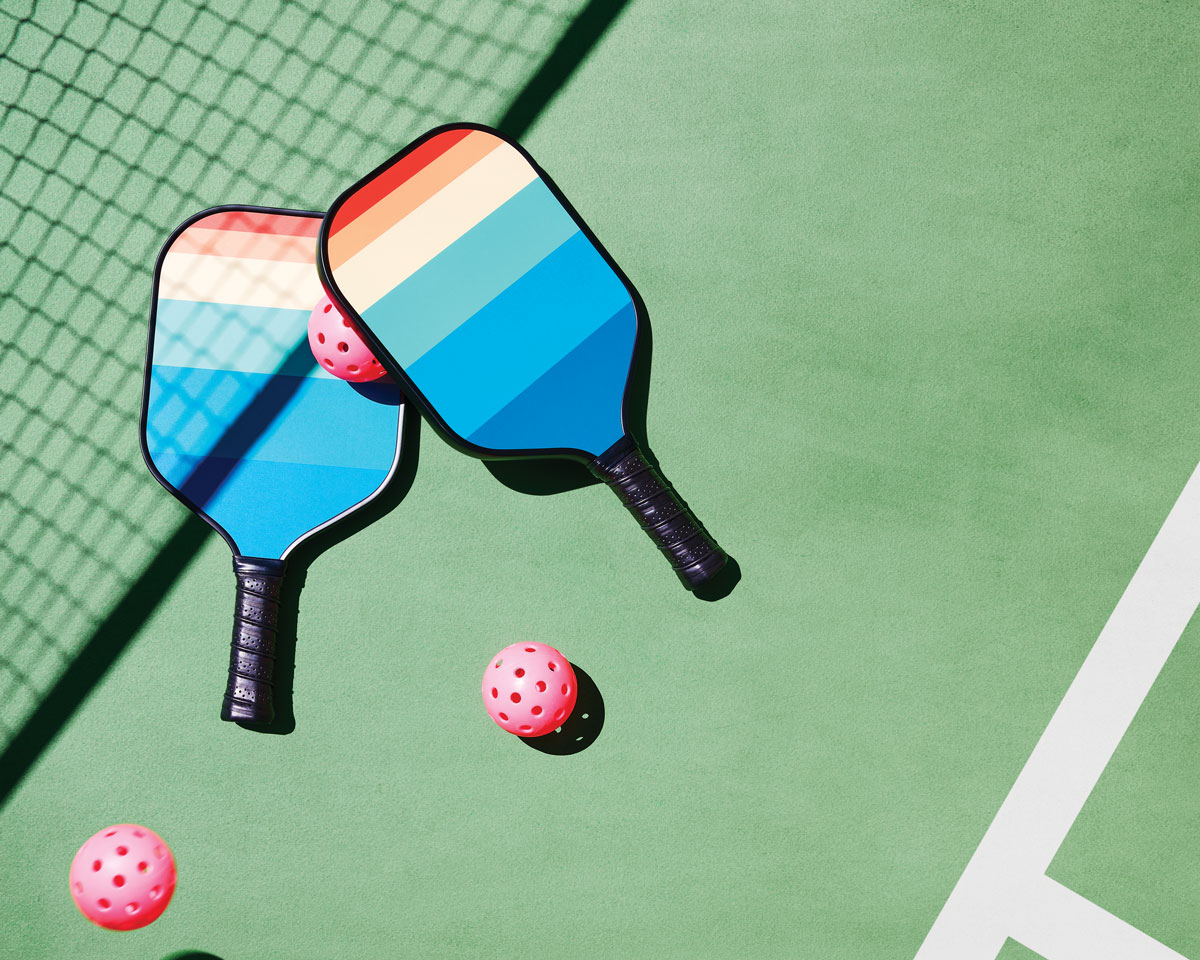Ultimate Overview to Designing a Perfect Backyard Pickleball Court for Family Enjoyable
Transform Your Outdoor Room: Just How to Design and Develop Pickleball Courts in Your Residential Yard
Developing a pickleball court in your yard not just includes worth to your residential property but also offers a special possibility for leisure and social communication. Recognizing the important measurements, website selection, and material choices is essential for a successful installation. The style and building process can considerably affect the usability and enjoyment of the court. As you consider these factors, you'll locate that thoughtful preparation is crucial to accomplishing a practical and visually appealing area that invites both play and community involvement. What could be the very first steps in this transformative trip?
Comprehending Pickleball Court Capacities
When embarking on the journey to create a pickleball court in your yard, it's vital to comprehend the details dimensions that define a main court. A main pickleball court gauges 20 feet vast and 44 feet long for both singles and doubles play. Additionally, the court is split into 2 equal halves by a centerline extending from the baseline to the non-volley zone, which lies 7 feet from the internet on both sides.
The internet itself stands at 36 inches high at the sidelines and 34 inches high at the center, ensuring a constant having fun experience. Bordering the court, a minimum of 3 feet of barrier area is suggested on all sides to fit gamer motion and to stop injuries throughout gameplay.
For optimum efficiency, consider including proper surface products and adequate water drainage remedies when intending your court. The orientation of the court should also be taken into consideration to minimize sunlight interference during peak having fun hours. Recognizing these dimensions is vital as they will assist the construction process and guarantee that your yard pickleball court fulfills main standards for entertainment play.
Picking the Right Area
Selecting an ideal area for your backyard pickleball court is critical to taking full advantage of both enjoyment and capability. The excellent site needs to use a level, level surface area to make certain appropriate drain and lessen maintenance challenges. Ideally, a room of at least 30 feet wide and 60 feet long will suit the court dimensions while giving space for risk-free motion around the playing location.
Consider the alignment of the court in connection to the sun. Positioning the court east-west can help minimize glow throughout play, as players will certainly encounter the sunlight during early morning or late mid-day matches. In addition, bear in mind any type of bordering frameworks, such as trees or fences, which may block play or trigger interruptions.
Accessibility is an additional key aspect; the court needs to be conveniently reachable from your home for convenience and social events. Guarantee there suffices room for seating and spectator areas, improving the satisfaction for loved ones alike. Ultimately, examine neighborhood regulations or area guidelines to ensure conformity with zoning regulations and potential licenses, which can influence your job's feasibility. By very carefully picking the location, you will develop a useful and enjoyable pickleball court for many years to find.
Choosing Appropriate Materials
The selection of materials is vital in the construction of a yard pickleball court, as it directly influences playability, upkeep, and sturdiness. When choosing materials, it is important to think about both the surface and the surrounding framework.
For the having fun surface, choices such as concrete, asphalt, or specialized sporting activities ceramic tiles are generally utilized. Concrete deals excellent durability and a regular playing surface, while asphalt can be an extra cost-effective option.
In regards to surrounding facilities, secure fencing is essential for maintaining the round within play and maintaining personal privacy. Chain-link secure fencing is the most popular option, supplying visibility while offering needed control. Additionally, consider making use of weather-resistant products for benches and various other accessories to guarantee longevity.
Inevitably, the selection of appropriate materials need to straighten with your spending plan, visual preferences, and specific playing conditions. Buying high quality materials will not only boost gameplay yet also reduce long-term maintenance costs, permitting years here are the findings of enjoyment in your backyard pickleball court.
Designing Your Court Layout
After establishing the right materials for your pickleball court, the next action entails carefully planning the court layout to optimize both capability and satisfaction. Begin by picking an ideal area in your yard, taking into consideration variables such as sunshine, wind instructions, and distance to other outdoor attributes. Make certain there is enough area not only for the court itself but additionally for bordering safety and security zones.
A conventional pickleball court gauges 20 feet broad by 44 feet long for both singles and increases play. However, it is advisable to include extra area around the court-- ideally, a minimum of 10 feet on all sides-- to permit player activity and to stop crashes. Marking the court measurements precisely is vital; use chalk or Source string to outline the location before any kind of building and construction begins.
Include optimum watching angles, particularly if you intend to amuse guests throughout games. Furthermore, consider the positioning of benches or seating areas close by for players and spectators to remainder. Thoughtful design planning will produce a welcoming and functional setting that improves the total experience of playing pickleball in your backyard.
Step-by-Step Building And Construction Process
Building a yard pickleball court involves an organized construction procedure that guarantees resilience and optimum playability. The first step is to prepare the website by clearing any type of plant life, rocks, or debris and leveling the ground. When the location is prepped, outline your court dimensions-- 20 feet large by see this 44 feet long for doubles play-- using risks and string.
Following, dig deep into the location to a deepness of approximately 4-6 inches, guaranteeing appropriate drainage is integrated. Set up a compressed base making use of smashed rock or crushed rock to give security (backyard pickleball court). Following this, put a concrete piece, permitting for a smooth and degree surface area, which is essential for consistent ball bounce. Allow the concrete to cure for at least a week.

Final Thought
In final thought, the improvement of a household yard into a pickleball court supplies substantial leisure benefits. The choice of durable products, thoughtful style, and proper construction strategies additionally improve the functionality and long life of the court.

Selecting a suitable place for your backyard pickleball court is vital to making the most of both pleasure and performance.After developing the ideal products for your pickleball court, the following action entails meticulously intending the court format to maximize both functionality and enjoyment.Building a backyard pickleball court involves a systematic construction procedure that makes certain durability and optimal playability.